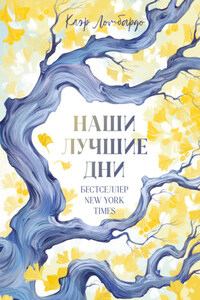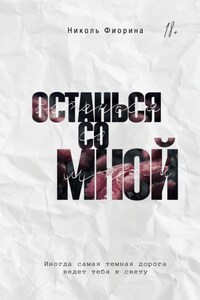In late afternoon, in the autumn of 1989, I'm at my desk, looking at a blinking cursor on the computer screen before me, and the telephone rings.
On the other end of the wire is a former Iowan[1] named Michael Johnson. He lives in Florida now. A friend from Iowa has sent him one of my books. Michael Johnson has read it; his sister, Carolyn, has read it; and they have a story in which they think I might be interested. He is careful, refusing to say anything about the story, except that he and Carolyn are willing to travel to Iowa to talk with me about it.
So I agree to meet with them in Des Moines[2] the following week. At a Holiday Inn[3] near the airport, the introductions are made, and the two of them sit across from me, evening coming down outside, light snow falling.
They insist on a promise: If I decide not to write the story, I must agree never to mention what happened in Madison County[4], Iowa, in 1965 or other events that followed over the next twenty-four years. All right, that's reasonable. After all, it's their story, not mine.
So I listen. I listen hard, and I ask hard questions. And they talk. On and on they talk.[5] Carolyn cries openly at times, Michael struggles not to. They show me documents and magazine clippings and a set of journals written by their mother, Francesca.
Room service[6] comes and goes. Extra coffee is ordered. As they talk, I begin to see the images. First you must have the images, then come the words. And I begin to hear the words, begin to see them on pages of writing. Sometime just after midnight, I agree to write the story – or at least attempt it.
Their decision to make this information public was a difficult one for them. The circumstances are delicate, involving their mother and touching upon their father. Michael and Carolyn recognized that the story going public might result in dirty gossip and affect good memories people have of Richard and Francesca Johnson.
Yet in a world where personal commitment[7] in all of its forms seems to be destroyed and love has become a matter of convenience, they both felt this remarkable tale was worth the telling. I believed then, and I believe even more strongly now, they were correct making this decision.
In the course of my research and writing, I asked to meet with Michael and Carolyn three more times. On each occasion, and without complaint, they traveled to Iowa. Such was their eagerness to make sure the story was told accurately. Sometimes we merely talked; sometimes we slowly drove the roads of Madison County while they pointed out places having a significant role in the story.
In addition to the help provided by Michael and Carolyn, the story as I tell it here is based on information contained in the journals of Francesca Johnson; research carried out in Madison County, Iowa; information obtained from the photographic essays of Robert Kincaid; and long discussions with several wonderful elderly people in Ohio, who remembered Kincaid from his boyhood days.
In spite of the effort, gaps remain. I have added a little of my own imagination in some instances, but only when I felt I had gained the intimate familiarity with Francesca Johnson and Robert Kincaid through my research. I am confident that I have come very close to what actually happened.
One major gap involves the exact details of a trip made across the northern United States by Kincaid. We knew he made this journey, based on a number of photographs published, a brief mention of it by Francesca Johnson in her journals, and handwritten notes he left with a magazine editor. Using these sources as my guide, I retraced what I believe was the path he took from Bellingham[8] to Madison County in August of 1965. Driving toward Madison County at the end of my travels, I felt I had, in many ways, become Robert Kincaid.
Still, trying to truly understand Kincaid was the most challenging part of my research and writing. He is an elusive figure. At times he seems rather ordinary. At other times ethereal. In his work he was a consummate professional[9]. Yet he saw himself as a peculiar kind of male animal becoming obsolete in a world given over to increasing amounts of organization[10].
Two other intriguing questions are still unanswered. First, we have been unable to know what became of Kincaid's photographic files. Given the nature of his work[11], there must have been thousands, probably hundreds of thousands, of photographs. These never have been found. Our best guess[12] – and this would be logical to the way he saw himself and his place in the world – is that he destroyed them before his death.
The second question deals with his life from 1975 to 1982. Very little information is available. We know he earned a sparse living[13] as a portrait photographer in Seattle for several years and continued to photograph the Puget Sound[14] area. Other than that, we have nothing.[15]
Preparing and writing this book has altered my world view, transformed the way I think, and, most of all, reduced my level of cynicism about what is possible in the arena of human relationships. Coming to know Francesca Johnson and Robert Kincaid, I find the boundaries of such relationships can be extended farther than I previously thought










